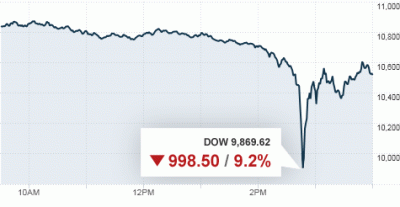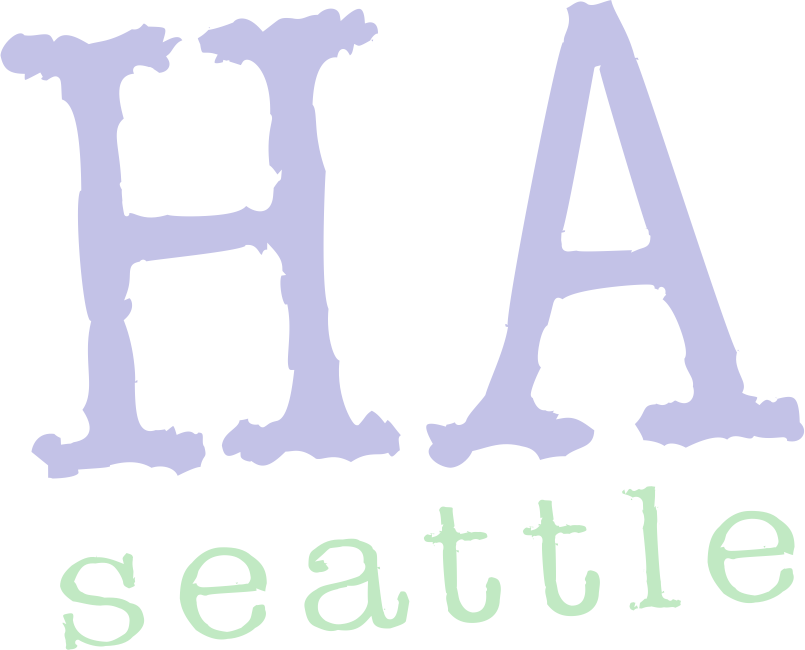Growing up, one of the surest signs to me of the quiet by endemic antisemitism that persisted in the United States was the relative lack of Jews on the U.S. Supreme Court.
Sure, Jews never made up more than 2 to 3 percent of the U.S. population, so the bare handful to have been appointed from 1789 through 1993 wasn’t bad considering our representation in the population as a whole. But the legal profession, well, that’s a different story.
At the risk of perpetuating even a positive stereotype, the professions, that’s kinda our schtick, and so over the three decade drought between the confirmations of Abe Fortas and Ruth Bader Ginsburg, a string of presidents had to pass up an awful lot of Jewish legal scholars to a degree that just wasn’t true for other minority groups. Imagine over the same period of time, if Hollywood executives had refused to hire Jewish comedy writers; that’s sorta like what our nation’s highest court looked like to me.
Now, with the appointment of Elana Kagan, the Supreme Court is about to become a full one-third Jewish, a presence pretty far out of whack with the general population, but which is actually unremarkable considering the composition of top New York and D.C. law firms. In fact, the truly notable statistic here, is that with Justice Stevens’ retirement, for the first time in its history the court will now be zero percent Protestant.
It’s been 20 years since a WASP, Justice David Souter was last confirmed, a period during which the court has seen a stunning transformation. In 1985, Justice William Brennan, a Catholic, was the only non-Protestant on the bench, and had been since Fortas retired in 1969 after the Senate refused to confirm his elevation to Chief Justice. Since 1986, six Catholics and two Jews have been confirmed.
To put that in perspective, over the court’s first century, 49 of the justices were Protestant, and one was Catholic. Over the next 97 years religious diversity improved, with six Catholics and five Jews joining 41 Protestants on the bench. But over the last quarter century, the once dominant WASPs will have been outnumbered nine to one.
How to explain this phenomenon? Well, I guess it’s only fair to assume that our nation is not nearly as bigoted and narrow minded as it once was, at least when it comes to religion. There is no “Jewish seat” or “Catholic seat” on the court anymore. Religion no longer appears to be an issue when it comes to Supreme Court appointments or confirmation.
Or is it?
It is curious to note that five of the six Catholics on the court were appointed by Republicans, while all of the Jews were appointed by Democrats, and it’s hard to chalk this up to mere coincidence. In fact, at the risk this time of perpetuating a cynical stereotype, it’s hard not to chalk this up to the increasingly threatened status of Roe v. Wade.
This is not to suggest that all Jews are reliably pro-choice, or that all Catholics are not. I myself married into an Irish Catholic family that is pretty strongly pro-choice, at least politically, if not always as a matter of personal conscience. But let’s just say that, in general, Catholics are much less reliably pro-choice than Jews, and vice versa.
Thus a conservative Catholic appointment has proven a pretty safe bet for any anti-choice president wishing to avoid an overt litmus test, as evidenced by Justices Scalia, Kennedy, Thomas, Alito and Roberts, and as opposed to the last two Protestant appointees, Justices Souter and Sandra Day O’Connor, who both disappointed Republicans on this issue. Meanwhile, I think we can count on Kagan to be as reliably pro-choice as Ginsburg and Breyer.
I suppose I could be wrong, and the religious composition of the court is merely coincidental, or at the very least, incidental. But it sure doesn’t seem likely.


